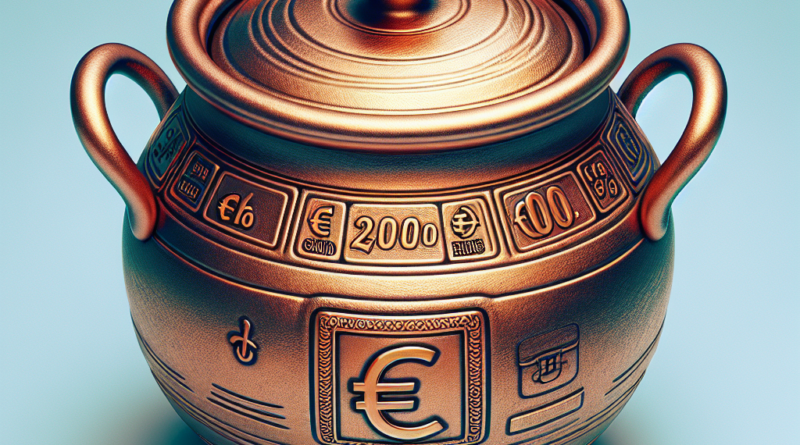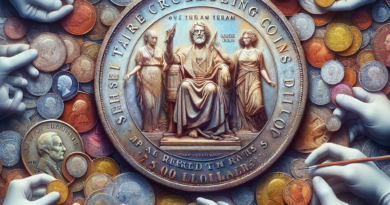Congratulations if you own a vase with this symbol – it could be worth 20,000 euros!
“`html
The Impact of a Simple Engraving on Market Price
In the fascinating world of collectibles, treasures often lie in objects that seem ordinary at first glance.
You may be surprised to discover that a simple engraving can dramatically alter the market value of a vase.
Among the various elements influencing the value of a collectible item, the signs, markings, or engravings play a crucial role.
A striking example is a vase that can fetch up to €20,000 due to the presence of a specific symbol on its base.
What Vase Holds This €20,000 Symbol?
The vase in question is a masterpiece of design history, crafted in the 1930s by renowned Finnish designer Alvar Aalto.
It is a 14cm Savoy vase, expertly blown into a wooden mold and marked with a unique engraving: “Karhula 22 IX 37.”
This emblem, located at the bottom of the vase, not only indicates the place and date of manufacture but also signifies its authenticity and rarity.
Initially distributed to press attendees during an event in Karhula in 1937, this vase is extremely rare and sought after by collectors worldwide.
Its value can astonishingly reach €20,000, primarily due to this particular engraving.
The vase’s rarity and historical significance are key factors that enhance its worth.
Conversely, a similarly designed vase from the same era but lacking the marking might only command 20-30% of that price, approximately €4,000.
What Are the Rules of Collecting?
Collecting is a venture requiring patience, knowledge, and a bit of luck.
But what fundamental rules should every collector follow to maximize their object’s value?
The first rule is knowing the labeling practices of major manufacturers.
Understanding the distinctive signs that indicate a piece’s authenticity and period is crucial.
For instance, brands like Arabia have employed various markings over the years, and familiarizing oneself with these can help avoid costly mistakes.
Additionally, paying attention to an item’s condition is vital.
Even a rare object can lose significant value if it shows signs of wear, defects, or color alterations.
An experienced collector understands that beyond the presence of a distinctive mark, excellent condition is necessary to maintain or increase an item’s value over time.
Moreover, resources like auction catalogs, specialized books, and dedicated collecting websites can be invaluable for deepening one’s knowledge of marking practices and market trends.
Understanding how labels have evolved and which features hold greater value can differentiate a smart purchase from a regrettable one.
Finally, remember that rarity and authenticity are not the only decisive factors.
Current tastes and market trends can significantly influence the pricing of collectibles.
A 1937 Aalto vase might be worth thousands today, whereas a similar piece from a later period may not share the same appeal.
Now it’s time to study and uncover new gems in local markets.
“`




